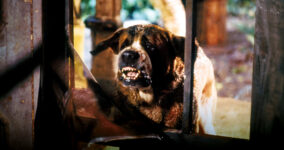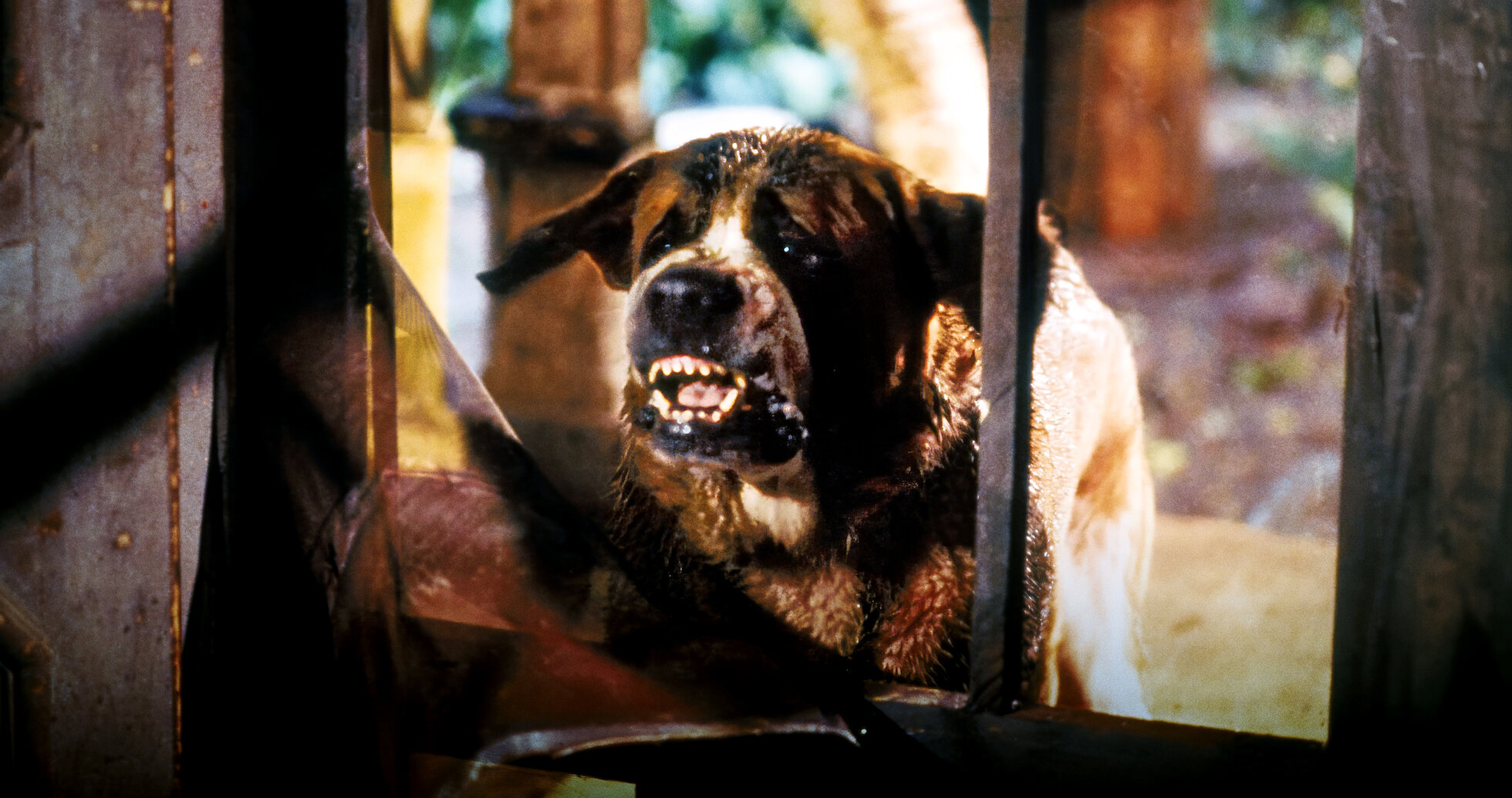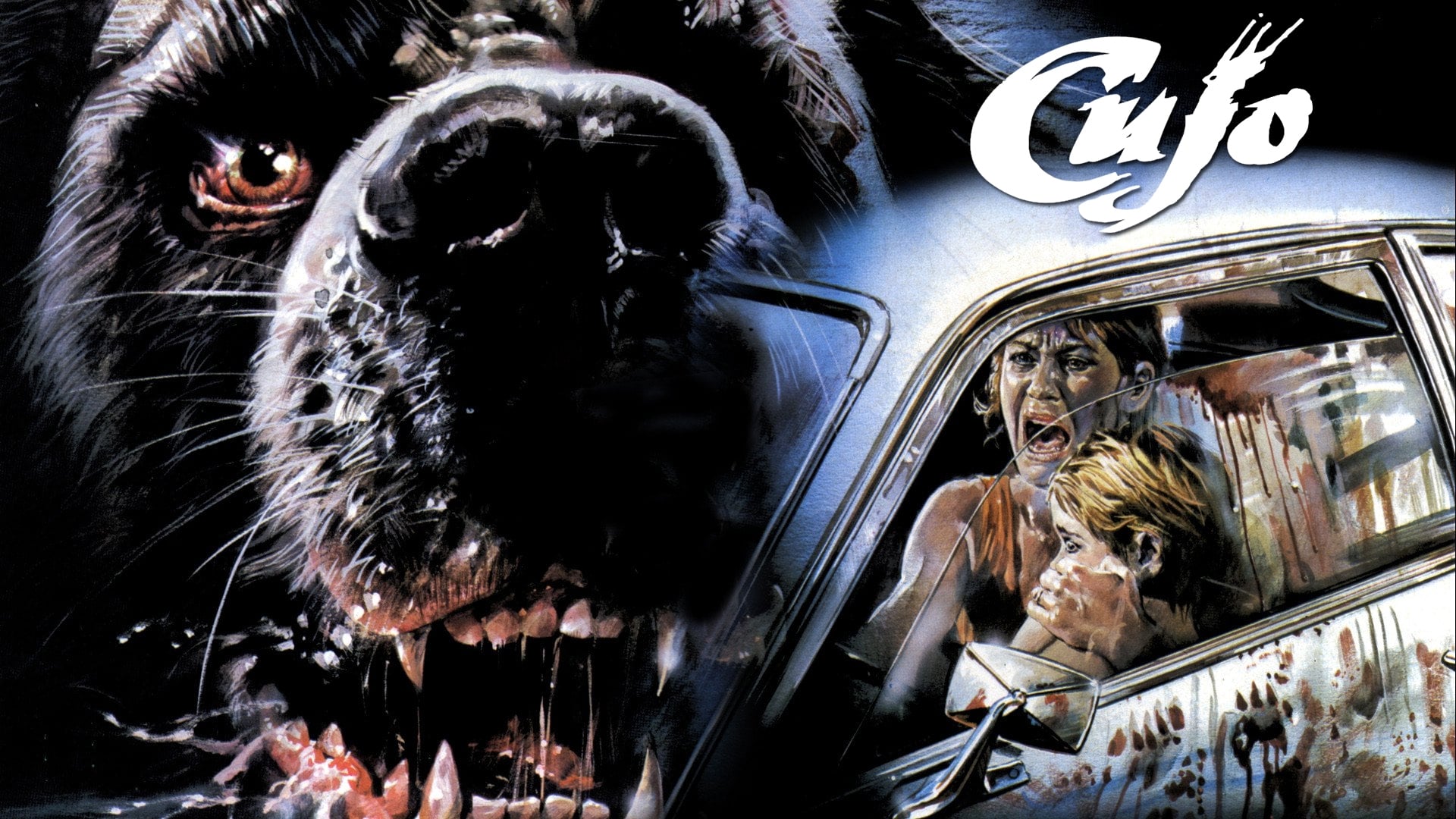‘Cujo’ – 2025 Official Trailer
June 16, 2025
Cujo (2025) – Official Review
“In the silence of the small town, the roar of terror begins…”
Stephen King’s chilling tale of survival and fear returns to the big screen with Cujo (2025), a haunting reimagining of the classic horror story about a rabid dog and the terrifying struggle of those caught in its path. Directed by David Bruckner, Cujo (2025) is a nerve-wracking, heart-pounding thriller that keeps audiences on the edge of their seats, exploring the dark depths of fear, isolation, and the unrelenting power of nature.

Artistic Analysis
Visually, Cujo (2025) is a haunting, atmospheric masterpiece. The film’s cinematography brings the eerie, isolated farmhouse to life, where every shadow and creaking floorboard heightens the tension. The vast, empty spaces surrounding the house create a sense of vulnerability, emphasizing the characters’ isolation and making the impending terror feel all the more suffocating.
The juxtaposition of the serene, quiet setting with the visceral horror of a rabid dog on the loose makes for a terrifying visual experience. The scenes inside the car, where Donna and Tad are trapped, are particularly claustrophobic, intensifying the feeling of helplessness and despair. Each frame heightens the suspense, as the film masterfully builds tension before unleashing full-blown terror.
The sound design plays a pivotal role in the film’s horror, with the growls and snarls of Cujo echoing in the silence of the farmhouse. The sharp contrast between the stillness of the surroundings and the increasingly frantic moments of the film keeps viewers on edge, ensuring that every moment feels fraught with danger.
Performances
Elizabeth Moss delivers a powerful performance as Donna Trenton, a mother who is forced to rise above her fear to protect her son. Moss perfectly captures Donna’s transformation from a woman who is initially frightened and helpless to one who will do anything to survive. Her portrayal of a mother’s love and determination in the face of terror adds a layer of emotional depth to the story.
Noah Jupe, who plays Tad, offers a compelling performance as well. His portrayal of the frightened young boy trapped in a nightmare brings an emotional resonance to the film. Jupe’s chemistry with Moss creates a believable and heartbreaking bond between mother and son, making their struggle to survive all the more engaging.
And then, of course, there’s Cujo. The rabid St. Bernard is both a terrifying antagonist and a tragic figure. The film does a remarkable job in showcasing the dog’s transformation from a gentle pet to an uncontrollable, frenzied beast. While Cujo may be the source of terror in the film, there is a tragic undertone to his character, as the dog’s rabies-induced rage strips away any semblance of the friendly companion he once was.
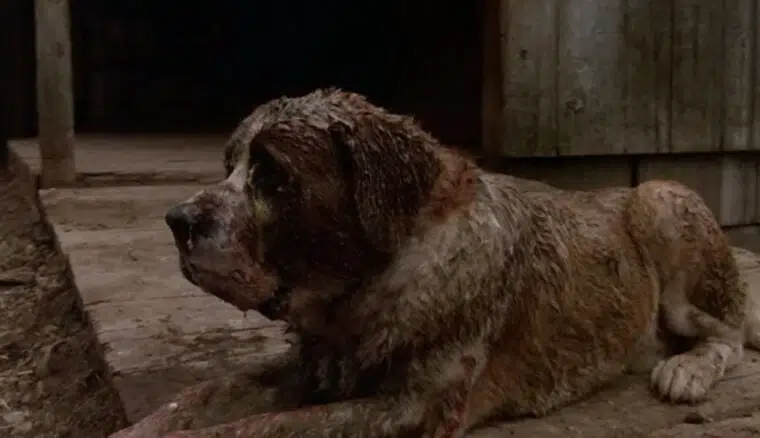
Emotional Impact
At its core, Cujo is a story about survival, fear, and the bond between mother and child. The emotional stakes are incredibly high as Donna and Tad must confront both the physical threat posed by Cujo and the psychological toll of being trapped in a seemingly hopeless situation. The film skillfully taps into primal fears, such as the fear of being trapped, helplessness in the face of danger, and the terror of something once innocent turning into a deadly predator.
The intensity of the film escalates as the hours drag on and the heat inside the car becomes unbearable, heightening the sense of dread and desperation. Cujo delves deep into the characters’ psychological states, illustrating how fear and isolation can unravel a person’s mind, making the stakes all the more personal and immediate.
Tone and Pacing
The pacing of Cujo is meticulous, building the tension slowly at first before delivering pulse-pounding moments of horror. The first half of the film is focused on setting up the quiet, pastoral life of Castle Rock, creating a false sense of security that is ripped apart as the horror sets in. As the rabid dog closes in, the pacing shifts dramatically, keeping the audience in a constant state of anxiety.
The tone is one of mounting dread, with each moment becoming increasingly more intense. The film does an excellent job of balancing the moments of action with quieter, more introspective scenes, giving the audience a chance to catch their breath before the next surge of terror. There are moments of stillness and silence that make the eventual eruptions of violence all the more jarring.
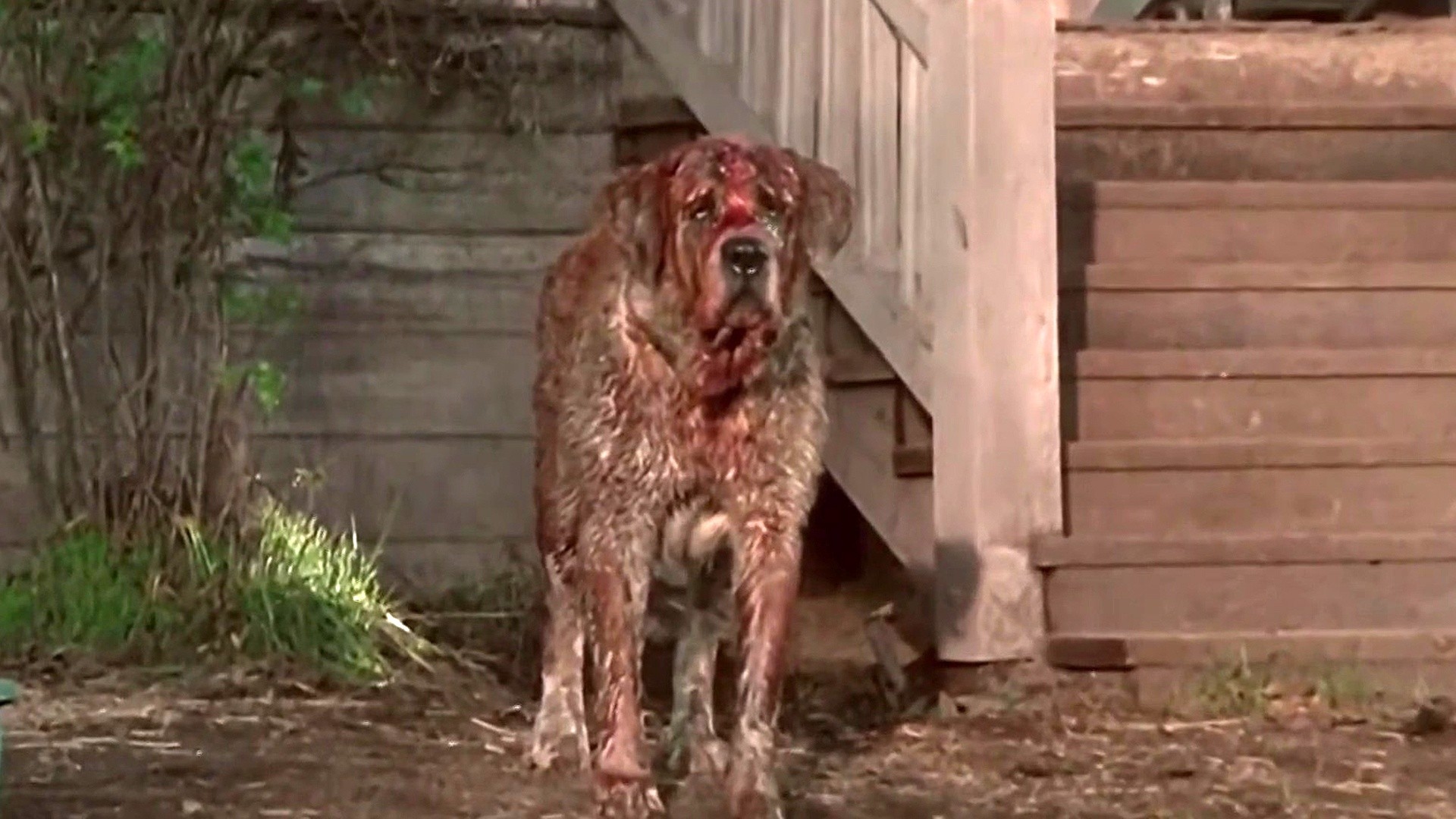
Conclusion
Cujo (2025) is a masterfully crafted thriller that reintroduces Stephen King’s iconic tale in a way that feels both familiar and fresh. The film succeeds in creating a sense of claustrophobia, terror, and isolation that will leave viewers gripping their seats until the very end. The strong performances, particularly from Elizabeth Moss and Noah Jupe, bring emotional depth to a story about survival against the odds.
With its terrifying premise, haunting visuals, and intense emotional stakes, Cujo (2025) is sure to captivate fans of horror and suspense alike. It is a film that taps into our primal fears and leaves a lasting impact long after the credits roll.

